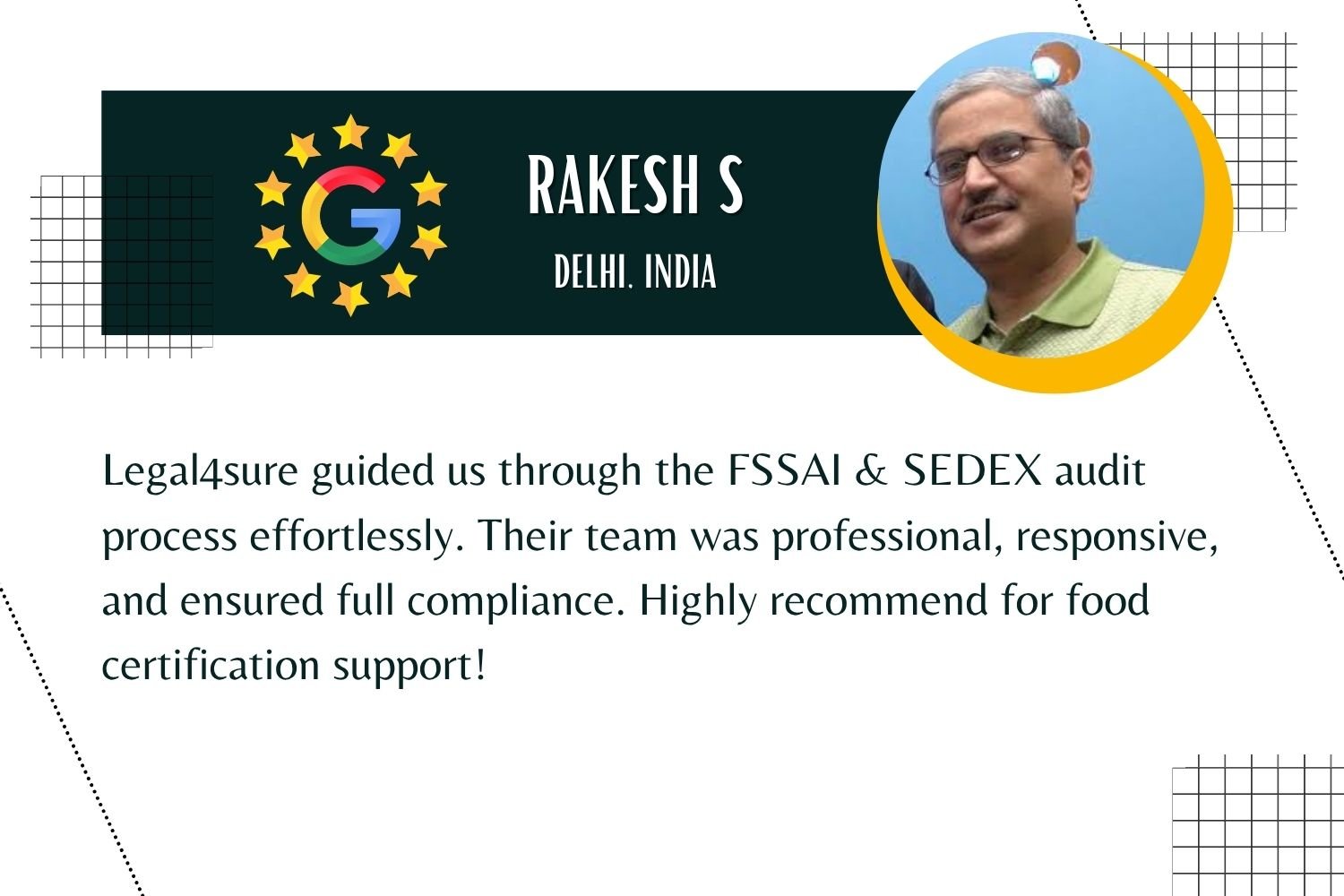As anyone who has ever experienced a BRCGS audit knows, the minor things that go unnoticed are what often trip you up. A cleaning log that doesn’t quite line up, an insecure employee responding to an auditor’s query, or a free ceiling tile. The majority of teams work hard. However, if the gaps remain hidden, hard work is insufficient. In Indian food manufacturing facilities, let’s discuss how to fix BRCGS non-conformities in Indian food factories and how to address them once and for all.
The everyday mistakes that cost certification
In India, the most frequent BRCGS non-conformities in Indian food factories are not caused by major failures. They appear in documents, on the ground, or in informal discussions with operators.
The following has persisted across several audits:
- QA has no evidence of pest control confirmation.
- Daily use of thermometers that are not calibrated
- Batch records are either lacking or approved without inspection.
- Operators are unsure about the steps for cleaning allergens
- There aren’t any current records of the traceability test.
- Risk evaluations lacking control measures
These are genuine instances. The issue is that each may result in a significant non-compliance, sufficient to fail an audit.
Why Clause 4 BRCGS issues in Indian factories are so common
Clause 4 BRCGS issues in Indian factories come up more than any other clause. These relate to hygiene, layout, infrastructure, and equipment.
You’ve likely witnessed some of these firsthand:
- Damaged tiles and chipped surfaces near manufacturing areas.
- Packing areas have open ceilings and exposed wiring.
- There is no drainage in the areas for unloading raw materials.
- Plastic or cloth is used for quick repairs near manufacturing lines.
- For weeks, no one mentioned the broken gauge glass.
What’s the worst of it? Someone noticed a lot of these problems, but they were never reported or brought to a higher authority. Auditors notice that.
Real examples of BRCGS non-conformities and their fixes
Let’s look at a few real examples of BRCGS NCs found during audits in India and how teams handled them the right way.
Issue: No metal detection validation was done on the second shift.
- Why it failed: QA assumed production handled it.
- Root cause: No shift-wise accountability for validation.
- Fix: Created a shift checklist with QA countersign and added internal audits.
Issue: Mislabeled allergens on bulk secondary packaging.
- Why it failed: Old box stock was used accidentally.
- Root cause: The Packaging inventory was not updated after the label version change.
- Fix: Introduced visual label verification, scrapped outdated stock, and trained the store’s team.
Issue: Broken pallets used for stacking finished goods.
- Why it failed: No clear rejection criteria for pallets.
- Root cause: No training and no SOP.
- Fix: Created a pallet inspection SOP, marked defective zones, and added visual aids for rejection.
This is the reality behind BRCGS non-conformities in Indian food factories. It’s not about one big mistake; it’s many small ones stacking up.
Why root cause analysis for audits matters more than the quick fix
A quick fix isn’t enough. You need to understand why the issue occurred. That’s where effective root cause analysis (RCA) for audits becomes essential.
Many factories settle for surface-level explanations like:
- “Operator mistake.”
- “Forgot to check.”
- “New staff.”
These are not true root causes. Ask why the operator made the mistake. Was the SOP clear? Was it updated? Was the training consistent with the new process?
Use tools such as:
- 5 Whys
- Fishbone (Ishikawa) diagram
- Audit trail tracking.
BRCGS auditors want to see how your system learns and prevents repeating mistakes.
How to Fix BRCGS Non-Conformities Before the Next Audit
If you’re serious about fixing BRCGS non-conformities in Indian food factories, start by walking the floor like an outsider. Then follow this process:
Spot the gaps
Examine hygiene, documentation, pest control, product recall tests, and maintenance areas.
Assign clauses
Map each issue to a clause so the team knows which standard is at risk.
Do a real root cause analysis
Don’t just say “untrained staff.” Ask why training didn’t happen or why it failed.
Fix it at the system level
Update SOPs, retrain teams, and ensure the fix lasts.
Verify and close with proof
No fix is complete unless you’ve tested it, verified it, and documented it.
Corrective Action Report Format for BRCGS Food Audits
Your corrective action report format for BRCGS food audits must be clear and ready for audits. Here’s what it should always include:
- NC description
- Clause reference
- Root cause
- Immediate correction
- Preventive action
- Person responsible
- Target date and actual closure date
- Evidence of closure: photos, updated SOPs, training records.
Keep it simple, honest, and thorough. Over-explaining won’t help, but missing details will hurt you.
Read more: How To Prepare For A BRCGS Audit?
What internal audits often miss in Indian factories
Even with a checklist in hand, many internal audits fail to catch non-conformities. Why? Because the focus is often just on documentation, not on actual practices.
Here’s what internal audits often overlook:
- Mismatch between SOP and real practice. Teams may take shortcuts that differ from what is written. Internal auditors don’t always ask the operators what they do.
- Maintenance neglect: A leaking pipe near packaging or mold near ceiling panels is often dismissed as a maintenance issue. But under BRCGS, it’s a non-conformity.
- No validation of records: Just seeing a completed form isn’t enough. Was the cleaning really done? Was the thermometer calibrated or just marked as “OK”?
The key is to go beyond checklists. Ask why, ask how, and ask for proof. Walk the floor with fresh eyes and involve staff from other departments in your audits. This will help you see beyond routine blind spots.
Extra tips to fix BRCGS non-conformities before audit day
Let’s look at how to fix BRCGS non-conformities in Indian food factories practically:
- Photograph the fix: Before-and-after pictures communicate effectively. Auditors respond well to visual proof.
- Keep a central NC tracker: Have one active document, either digital or physical. This document should list all NCs, their status, who is responsible for each one, and proof of closure.
- Involve non-QA team leads: Many fixes require input from production, maintenance, or HR. QA should lead the efforts, but not take sole responsibility for each fix.
Practice “spot quizzes.” Ask random team members to explain allergen control, foreign body control, or traceability. If they hesitate, you know where to give training. These small steps have a big impact on being prepared for audits.
Fix your BRCGS gaps with Legal4sure’s expert support
BRCGS success isn’t about being perfect. It’s about finding and fixing problems before others do. The best Indian factories don’t ignore non-conformities; they actively seek them out. That’s how you remain audit-ready and create a plant that earns trust every day.
FAQs
How can Indian food plants stop repeat BRCGS non-conformities?
Make root cause analysis and corrective and preventive action a team effort, not just a quality assurance formality. Review past non-conformities every month. Check if the solution is effective in real conditions. Always verify; do not just rely on the record.
What are the most common BRCGS non-conformities in India?
Clause 4 failures, allergen mislabeling, missing validation records, outdated SOPs, and unclear roles in food safety tasks.
How to fix BRCGS non-conformities?
Begin with a proper root cause analysis. Address the system, not just the symptom. Always finish with documented proof and internal checks.
What is the best format for a BRCGS corrective action report?
A good report includes non-conformance details, clause reference, root cause, corrective and preventive actions, responsible person, deadline, and proof of closure.
How often should we audit internally before BRCGS audits?
Monthly mock audits are ideal. Rotate internal auditors and always include floor walks, record checks, and staff interviews.
Can one small mistake fail a BRCGS audit?
Yes, especially if it’s a major non-conformance or part of a repeated pattern. That’s why early detection and strong root cause analysis matter.














